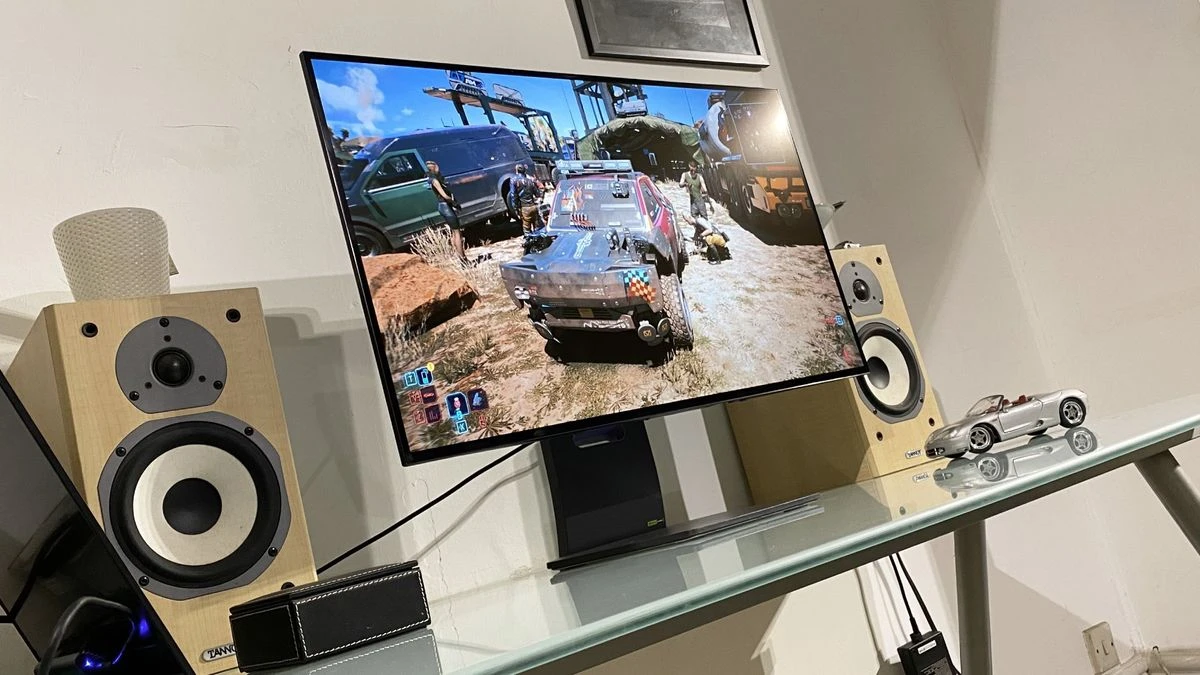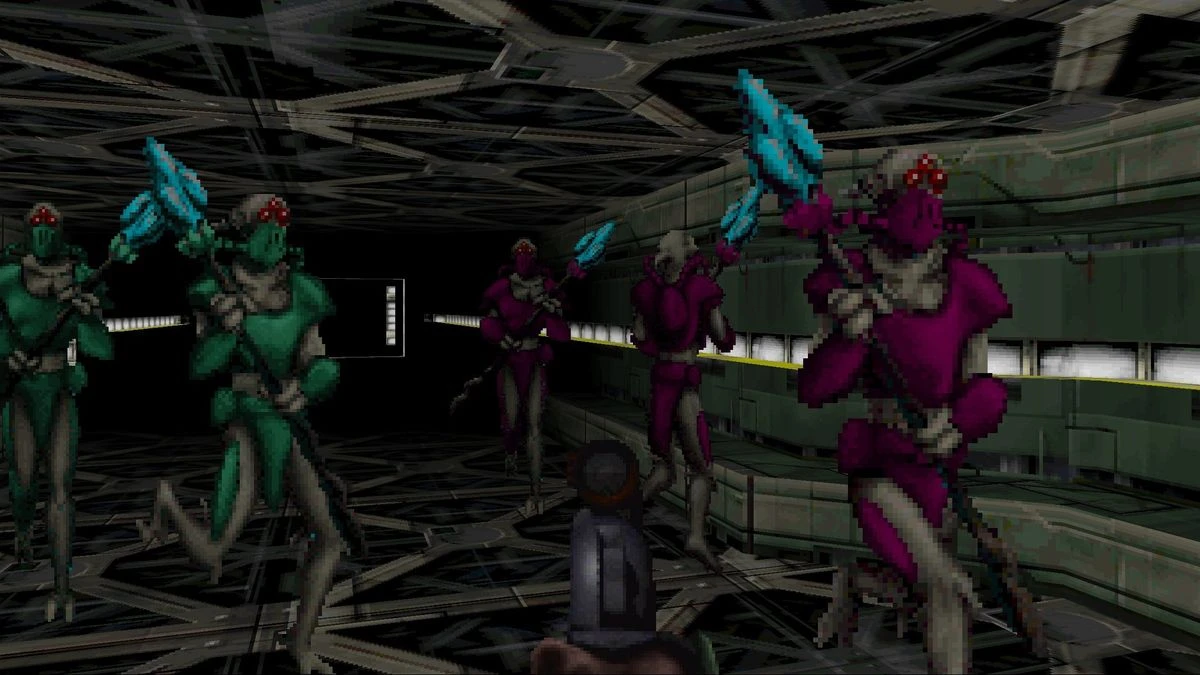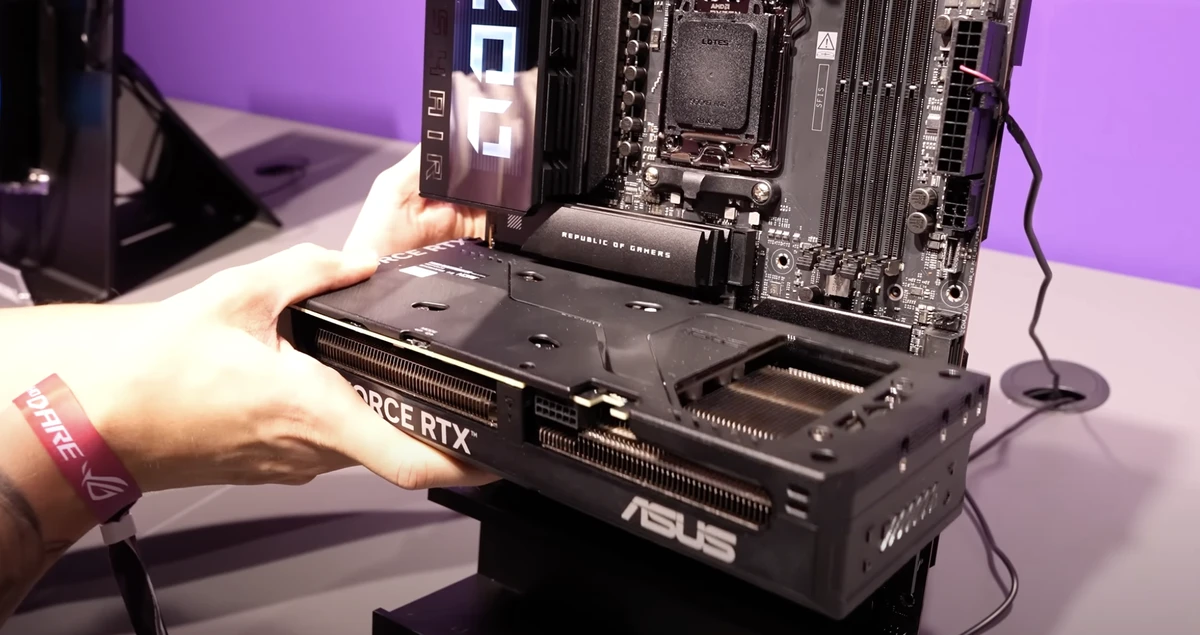LG claims its new 'Dream OLED tech' solves the problems that prevent OLED gaming screens from being brighter and longer lasting.
OLED displays are not without their flaws. The two most obvious problems are the limited full-screen brightness, and panel degradation (burn in). Even the latest OLED monitors like the LG UltraGear32GS95UE are not immune. But maybe not for long.
If you look closely, many of OLED's shortcomings are directly or indirectly due to limitations in blue OLED subpixel tech. The blue OLED technology is less efficient than the red and green subpixel colors.
This means that, at a certain power, a blue OLED will produce less light than if it were red or green. It uses more power and generates more heat for the same brightness. Fix the blue OLED issue and you'll fix OLED technology more generally.
LG claims that it has achieved this with its "Dream OLED panel technology" (via ET News). The innovation is a new panel that uses so-called blue luminescence.
Prior to this, blue OLED was limited to a less efficient fluorescent emission technology, while red and Green OLEDs could be manufactured using a more efficient phosphorescence emissions.
The new LG panel is said to use a dual-stacked OLED technique that combines both phosphorescence with fluorescent blue in order to improve both efficiency and longevity.
The implementation of this technology is complex. The two major players in OLED technology, LG and Samsung, do not implement a pure OLED-RGB substructure. LG's WOLED panel has an all-white OLED layer that is passed through RGB filters. Samsung, on the other hand, has an all-blue OLED layer which then excites a RGB quantum dot layer.
The blue OLED solution is a great way to get even deeper into the OLED emission layers. Blue OLED technology has been a major obstacle to the creation of OLED panels with high brightness, good durability and resistance to burn-in.
The new Dream OLED panel technology from LG is reportedly under production evaluation. It could be commercialized "within the next year". This simply means that LG could start manufacturing the panels within a year. The actual PC monitors and TVs using the new panels will take a bit longer.
The takeaway here is that LG appears to be addressing some of the biggest questions regarding OLED technology. Specifically, how to match LCD to full screen brightness and also put burn-in concerns to rest.
It's not clear how far LG's Dream OLED panel will go to deliver all of that. It seems that they will be a step in the right direction.





Comments